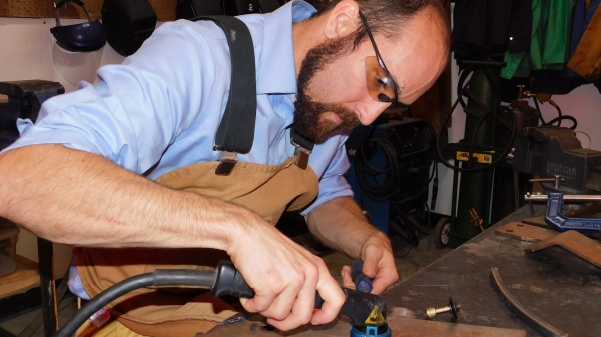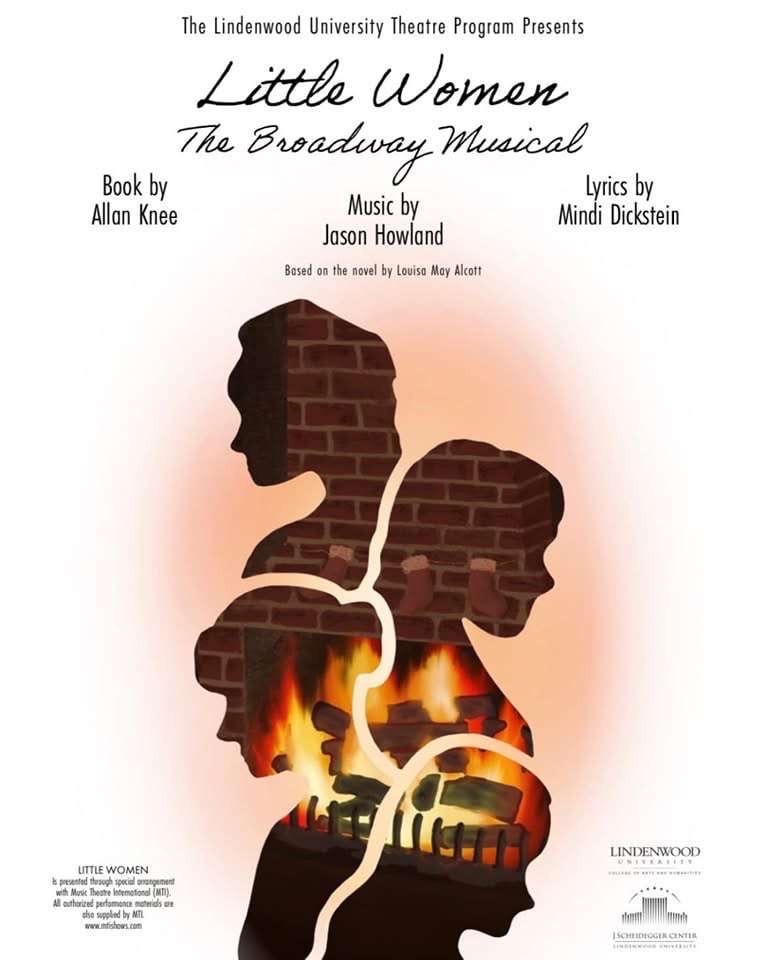ABBY STONE | Reporter
Assistant Professor Jacob Stanley was one of three contemporary artists who won the Great Rivers Biennial award this past summer.
The award included $20,000 for Stanley to create the piece and an opportunity to display his art at the Contemporary Art Museum in St Louis. Ten finalists were selected from 150 applicants, based on their eligibility and a multipage proposal.
He said that this award makes him more qualified as an educator.
“It shows that professors are still active in the field, and that we are practicing what we preach,” he said.
Stanley teaches Sculpture, 3D design and Introduction to Ceramics for Lindenwood University.
Stanley’s focus for his proposal is based on handmade versus machine made concepts. Stanley said he is intrigued by handmade objects; he studies methods and examples through books, interviewing other artists and creating his own art.
[perfectpullquote align=”left” cite=”” link=”” color=”” class=”” size=””]“Handmade objects have the capacity to embody emotion, more than an industrial made product”
– Jacob Stanley [/perfectpullquote]
“Handmade objects have the capacity to embody emotion, more than an industrial made product,” he said.
From there, the three jurors: Michael Kersels, Lauren Haynes and Christine Y Kim, visited each of the finalist’s studios. Kershels, the director of Graduate Studies at the Yale School of Art, has work displayed at galleries in New York, Los Angeles and Paris. Haynes is an experienced curator and expert in African-American contemporary art. Kim is a curator in Los Angeles and co-founder of the LA Nomadic Division, a nonprofit to promote public art.
Stanley said the studio visit was more intimidating than he expected because the jurors wanted a lot of information about a piece of art that mostly just existed on paper at that moment.
“[The jurors] asked a lot of really hard questions that I didn’t always have the best answers for,” he said.
Stanley’s proposal for this piece was to destroy handmade objects, but details like why and what objects will be used to make the piece had not been decided on yet.
One of his proposed pieces is a large scale clock mechanism.
“That mechanism will lower a several hundred pound weight through a tower that holds panes of glass, so as the weight drops it will break and shatter the panes of glass,” he said.
The piece should be finished and put on display at CAM by next semester.
“Definitely come out to the show in the summertime and take my sculpture class,” he said.
His art will be on display from May 11, 2018, through August.










